Recent Articles
Popular Makes
Body Types
6 Cars With Passive Safety Systems that Stand Apart
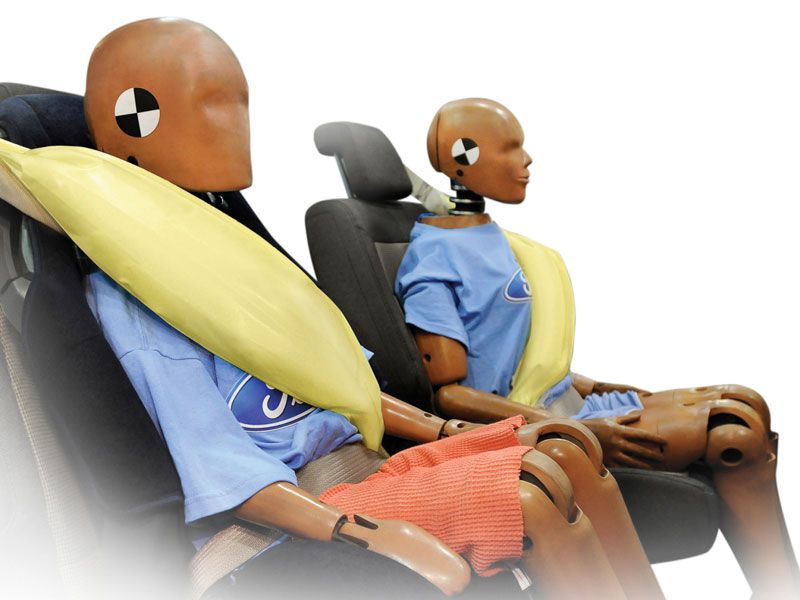
Ford Rear Inflatable Safety Belts ・ Photo by Ford
Automobiles are safer today than they have ever been before, largely thanks to the safety measures incorporated into their construction. These measures can be divided into two groups, depending on whether they are active or passive: active systems help prevent accidents before they occur, while the role of the passive safety systems is to protect the occupants during and after a collision.
When a new vehicle is designed, the manufacturer builds a main safety cell around the passengers, in order to help prevent intrusion into the passenger compartment. Then, to help cushion any impacts, the rest of the car is made out of crumple zones that slowly collapse in an accident to absorb energy and reduce deceleration. These parts of the passive safety system are tested by the NHTSA and IIHS in their crash testing.
Every car built today includes a number of other passive safety systems, including the obvious seatbelts and air bags. Some passive systems are less noticeable, but equally important. Front windshields are made from glass that is laminated to help prevent penetration and help the glass stay together if it gets broken, and the rest of the windows are made out of tempered safety glass that breaks into small dull pieces instead of sharp shards like normal glass. The fuel tank’s location and its protection, fuel pump shut-off switches, and even material choice and cargo restraints all play a part in passive safety.
Still, there’s always room for improvement. Let’s take a look at a few cars with some even more advanced passive safety features.
1) 2016 Ford Explorer: Rear Inflatable Safety Belts
The Explorer was the first of Ford’s models to be available with the optional Rear Inflatable Safety Belts (which is now available on other models as well, including the Ford Edge, Flex, Fusion, Taurus, Lincoln MKT and MKZ, while a similar system is offered on the Mercedes-Benz S-Class). In a crash, these belts inflate using compressed gas, increasing their surface area and helping distribute crash forces over up to five times more of the passenger’s body, reducing pressure on the chest and helping control head and neck motion. One concern with these belts is that they aren’t compatible with all child seats, and you should check with the child seat manufacturer to see if your seats are compatible.
The Ford Explorer is rated 5-stars overall by the NHTSA, and Good in all tests by the IIHS, except the small overlap front test, where it’s rated Marginal. Available active safety features include a blind-spot warning system, lane-keep assist, and adaptive cruise control. The Explorer isn’t only about safety though; it’s got good looks, an optional 365 horsepower EcoBoost V6 and 4wd, and for 2016 a much-welcome update to version 3 of the Sync infotainment system.This makes the Explorer worth looking at as a great vehicle with passive safety systems.
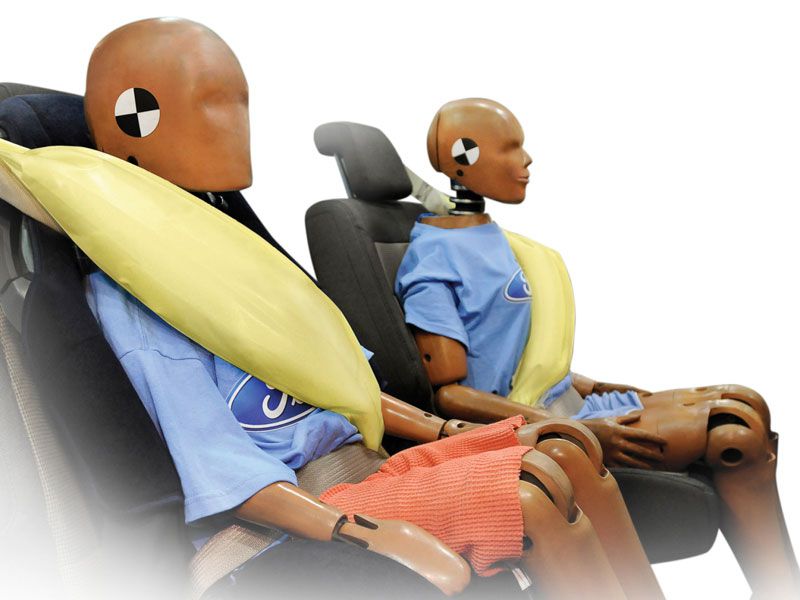
Photo by Ford
2) 2016 Volvo XC90: Energy Absorbing Seats
Volvo is always looking for ways to improve the safety of their cars, and has introduced numerous safety features that are standard today, including three-point safety belts in 1959, the first rear-facing child seat in 1964, and the first car with side air bags in 1995. As part of Volvo’s vision that no one be killed or seriously injured in a new Volvo car by the year 2020, Volvo has been developing both active and passive safety features and the brand is always highlighting its cars with passive safety features.
The latest Volvo XC90 mid-size crossover suv continues the trend, introducing the first seats designed to protect occupants during run-off road accidents where the vehicle leaves the road. The seats feature a unique energy-absorbing functionality between the seat and seat frame that deforms mechanically in order to cushion the forces that occur during a hard landing. Combined with the safety belt geometry, the rapid electrical safety belt retraction, and the rest of the seat’s design, it also helps to keep the occupant firmly in an upright position, all of which helps to lower the risk of spine injury (and as someone who has experienced a back injury in this type of accident, believe me when I say that anything you can do to prevent one is worth considering). The Volvo XC90 hasn’t been rated by the NHTSA, but is rated Good in testing by the IIHS.
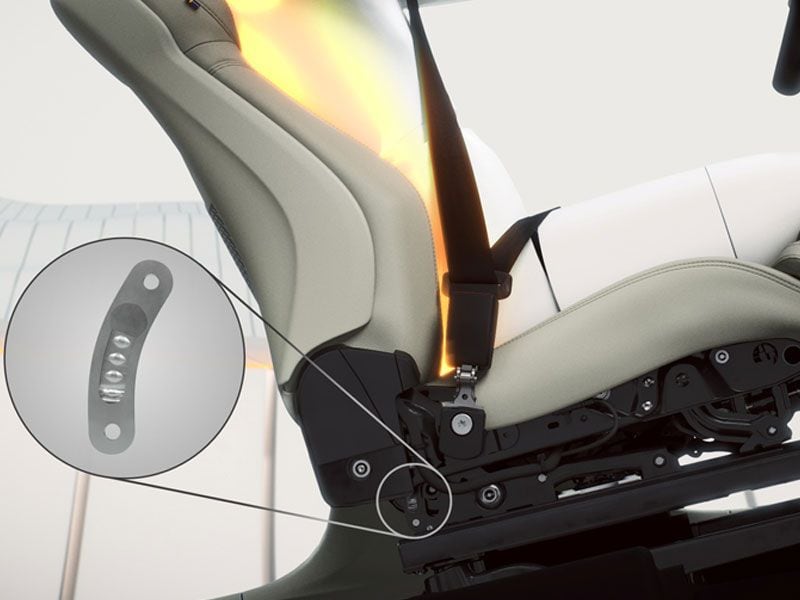
3) 2016 Subaru Legacy: Breakaway Engine and Safety Pedals
The Legacy, like Subaru’s other cars, uses a longitudinally mounted horizontally-opposed boxer engine with the transmission bolted behind it, which makes for a compact and low drivetrain. This not only helps lower the car’s center of gravity, but it also allows Subaru to design the engine and transmission to absorb impact, and then break away from the vehicle structure and drop below the passenger compartment. The engine then submarines, or slides under the floor, instead of being pushed into the cabin. The Legacy also features auto-retracting pedals to minimise this type of injury, and even the footrests uses shock absorbing material.
The Legacy also has several active safety features, including its Symmetrical All-Wheel Drive with Active Torque Split, and the available EyeSight Driver Assist Technology with Adaptive Cruise Control, Pre-collision Braking, and Vehicle Lane Departure Warning, as well as Steering-Responsive Fog Lights. All of these active and passive safety features help the Legacy achieve its 5-star rating by the NHTSA and make it an IIHS Top Safety Pick+. Don’t expect WRX style performance, even with the optional 6-cylinder, but the Legacy does feature very secure handling, decent exterior styling, a quality interior, and good fuel economy.
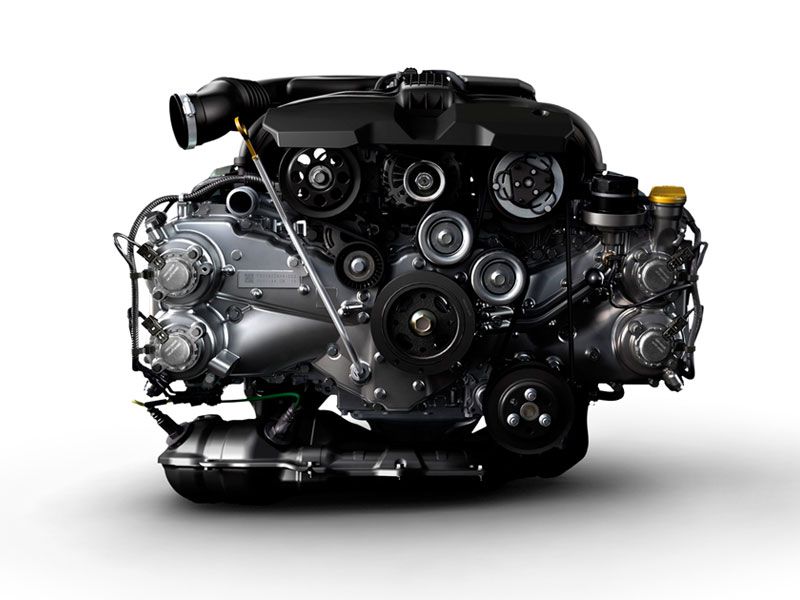
Photo by Subaru
4) 2016 Cadillac CTS: Automatic Crash Response
Like many of GM’s cars, the CTS is equipped with OnStar, which includes Automatic Crash Response. High-tech sensors in the car detect a collision, and the system automatically opens a direct connection between your vehicle and OnStar’s Emergency Advisors. At the same time it sends them your exact GPS coordinates and an array of critical crash information that is used to prepare first responders for when they arrive on scene. This type of high tech might become increasingly common in cars with passive safety features.
The CTS is rated 5-stars by the NHTSA and Good in tests by the IIHS, except for the small overlap front test, where it scored Marginal. Don’t think that safe cars have to be slow and boring though; if you fancy yourself as a race car driver, the CTS-V version is available with a powerful 640 horsepower supercharged 6.2 liter V8 that propels the car to 60 miles per hour in 3.7 seconds and on to a top speed of 200 miles per hour. The V’s Magnetic Ride Control suspension and Brembo brakes with six-pistons in the front and 4-pistons in the rear work with the Performance Traction Management system to keep the car on the road, though even the normal version can hold its own in the handling department.
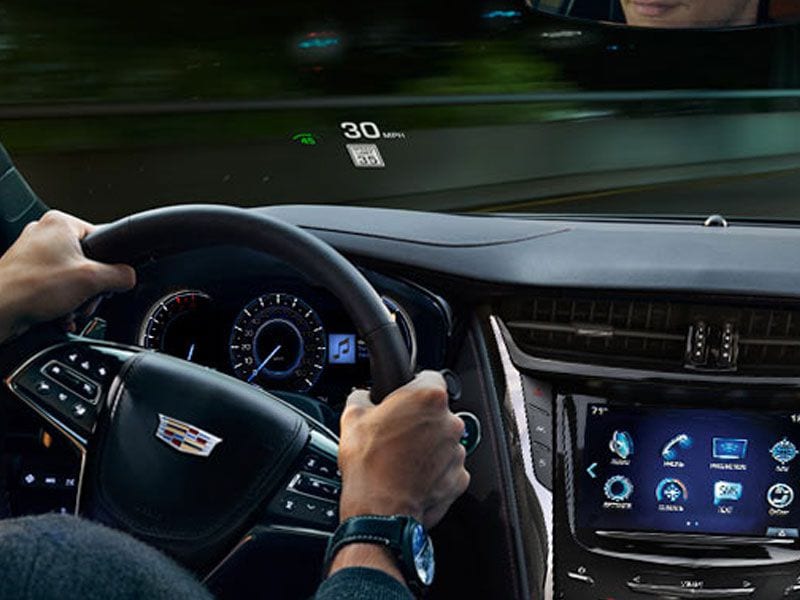
5) 2016 Lincoln Navigator: The Benefits of Mass
All else being equal, if two equally rated vehicles crash, the heavier of the two vehicles should fare better, and the 5,830 lb curb weight of the five-star rated Lincoln Navigator makes it heavier than nearly every other passenger vehicle on the road. Be aware that there may be a tradeoff however; though extra weight does help passive safety, it can hinder active safety by making the vehicle harder to handle and easier to roll over. Thankfully, to offset those problems the Navigator also features active safety features such as an independent rear suspension, Lincoln Drive Control, and the AdvanceTrac stability control with Roll Stability Control.
Another interesting feature for those with new drivers in the their family is the MyKey system, which can be programmed to control certain features, including the ability to limit the maximum audio volume, mute the audio when the front safety belts are unbuckled, and limit the maximum speed. For those using the Navigator as a truck, it also features Hill Start Assist and Hill Descent Control, and Trailer Sway Control (which is especially useful if you’re towing the maximum 9,000 pounds).
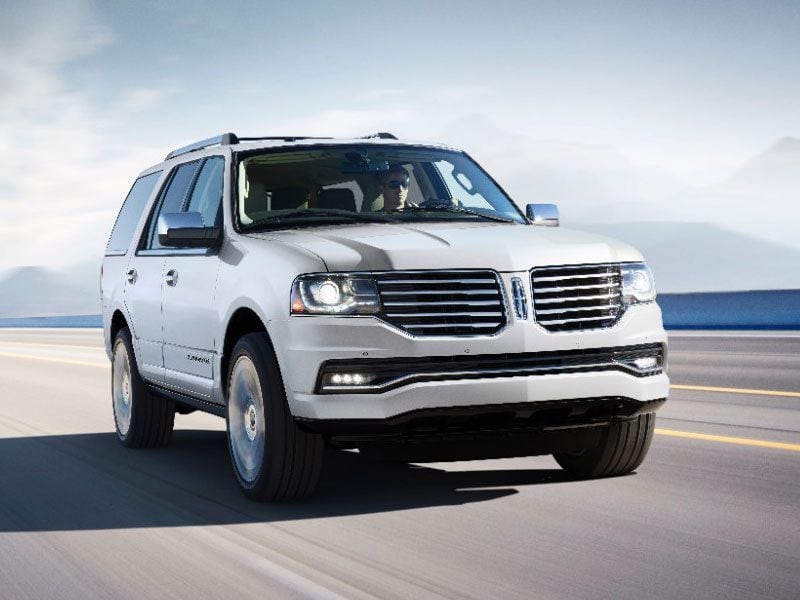
Photo by Lincoln
6) 2016 Mazda MX-5 Miata: Pedestrian Safety
These days, passive safety design isn’t only for the car’s occupants, but also for those around it; pedestrian protection helps to prevent injuries to anyone unfortunate enough to get struck by a car. In European testing, the MX-5 is the best rated car, though there are some differences between the model tested and the one we get here. For example, the European models have a Deployable Hood System (or DHS) that raises the rear of the hood to create more space below the hood when an impact is detected. The MX-5 also gets energy-absorbing structures in various parts of the hood, including the hinge, and impact-absorbing bumpers to protect pedestrians’ knees, making it notable among cars with passive safety systems.
Obviously the Miata wasn’t designed just to be safe; it’s also a nimble lightweight roadster, and the quintessential modern ‘British’ sports car. The newest version is smaller and significantly lighter than the outgoing model, and performance is improved, despite an engine that now produces 12 less horsepower than before (but 8 more lb-ft of torque). These changes mean that fuel economy is up significantly, and the MX-5 retains its manual easy-open soft-top roof which can be opened in a matter of seconds, making it almost the perfect car.
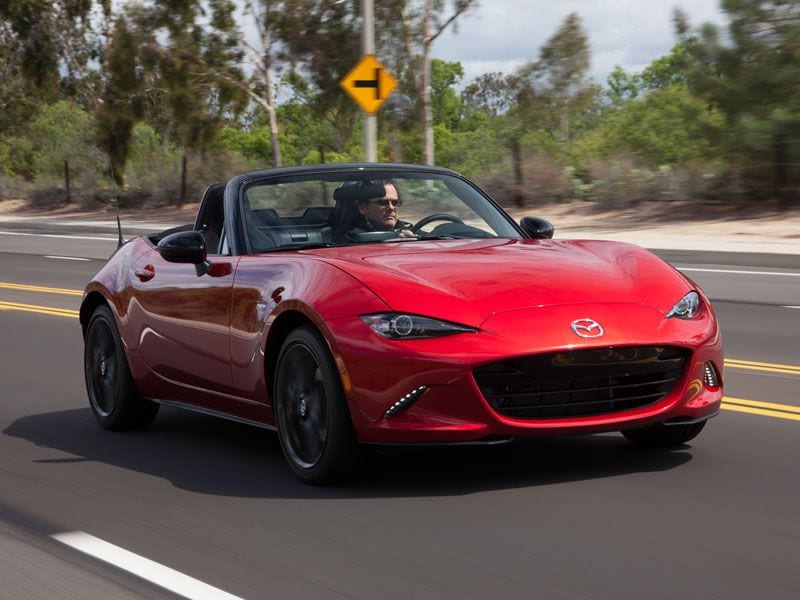
Photo by Mazda